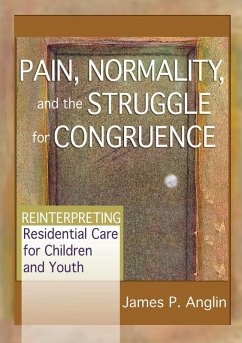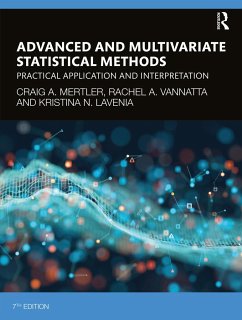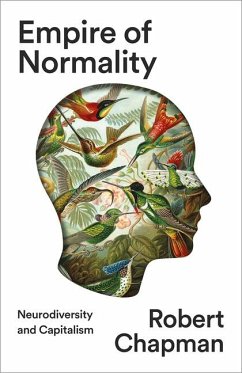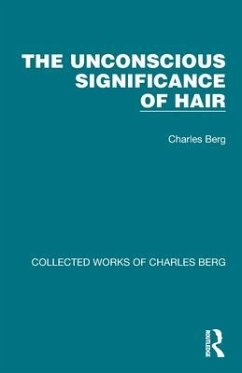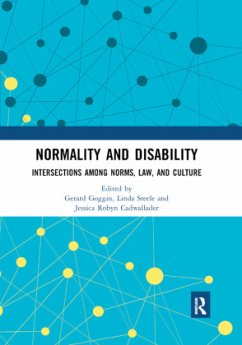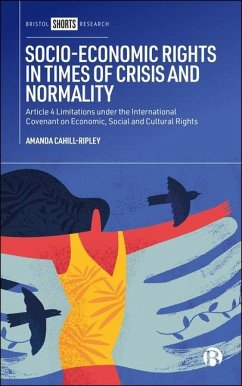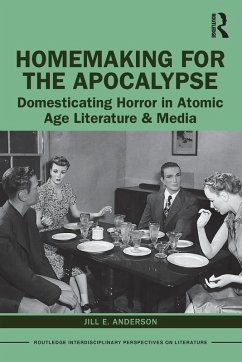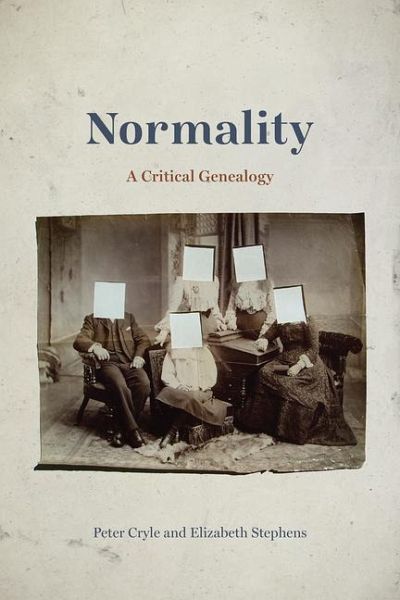
Normality
A Critical Genealogy

PAYBACK Punkte
24 °P sammeln!
Most of us think we know what is meant when we hear the term "normal," but Cryle and Stephens upend taken-for-granted attitudes about the term. They offer a history of the intellectual and cultural issues that have been at stake in the use of the term since it appeared around 1820. What is taken at one time or any one culture to be "aberrant" or "deviant" clearly depends on assumed meanings for norm and normality. The authors of this book explore this history--peppered with a fascinating series of case studies--to make sense of variations on the theme of identity (disability, gender, race, sex...
Most of us think we know what is meant when we hear the term "normal," but Cryle and Stephens upend taken-for-granted attitudes about the term. They offer a history of the intellectual and cultural issues that have been at stake in the use of the term since it appeared around 1820. What is taken at one time or any one culture to be "aberrant" or "deviant" clearly depends on assumed meanings for norm and normality. The authors of this book explore this history--peppered with a fascinating series of case studies--to make sense of variations on the theme of identity (disability, gender, race, sexuality) in fields organized around identity. They locate the concept in the scientific spheres where it originated in its modern sense and they chart its transformations and developments from the 1820s in France (medicine) to the mid-20th century (Alfred Kinsey). They start with comparative anatomy and other branches of medicine before moving on to consider developments in fields as remote as craniometry, statistics, criminal anthropology, sociology, and eugenics. It is not enough to say, with David Halperin, that "queer" is "whatever is at odds with the normal, the legitimate, the dominant." Cryle and Stephens move beyond a simple binary opposition between "normal" and "abnormality" to give us the whole picture, from the Continent to the U.S., and in all the contexts that distinguish the normal from other available terms (such as typical, average, respectable, conventional, white and heterosexual, and uniform). "Normality" has had a long struggle to secure its cultural dominance and authority, a story which is told here for the first time.




